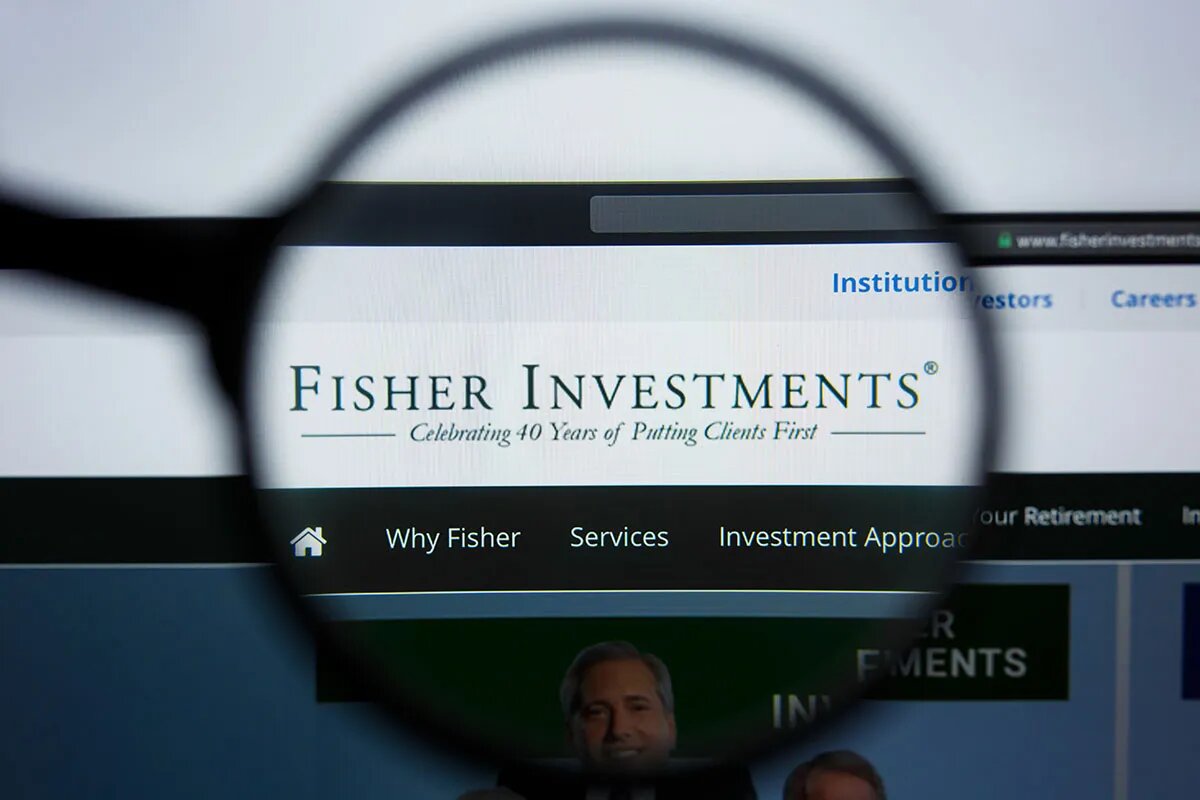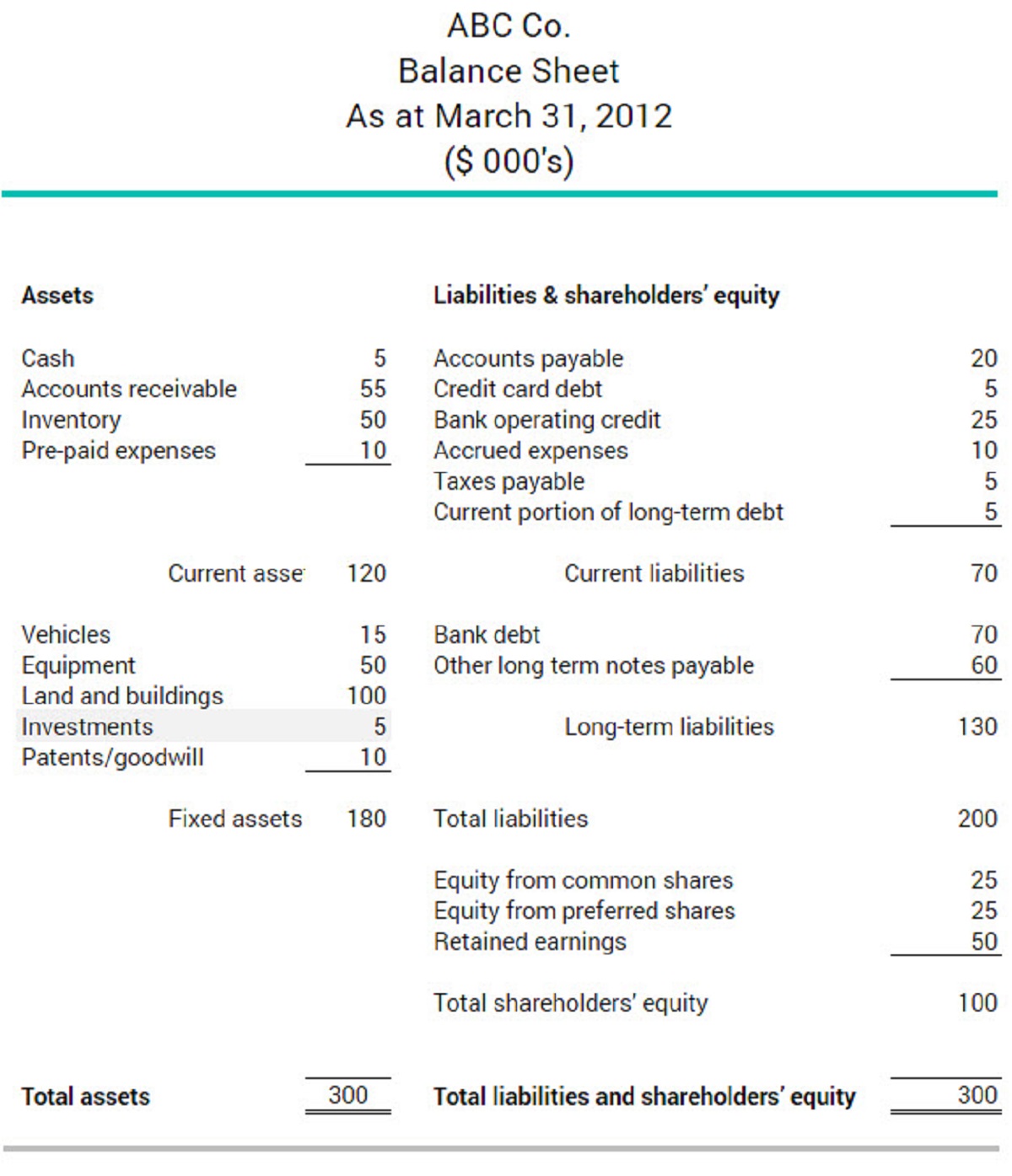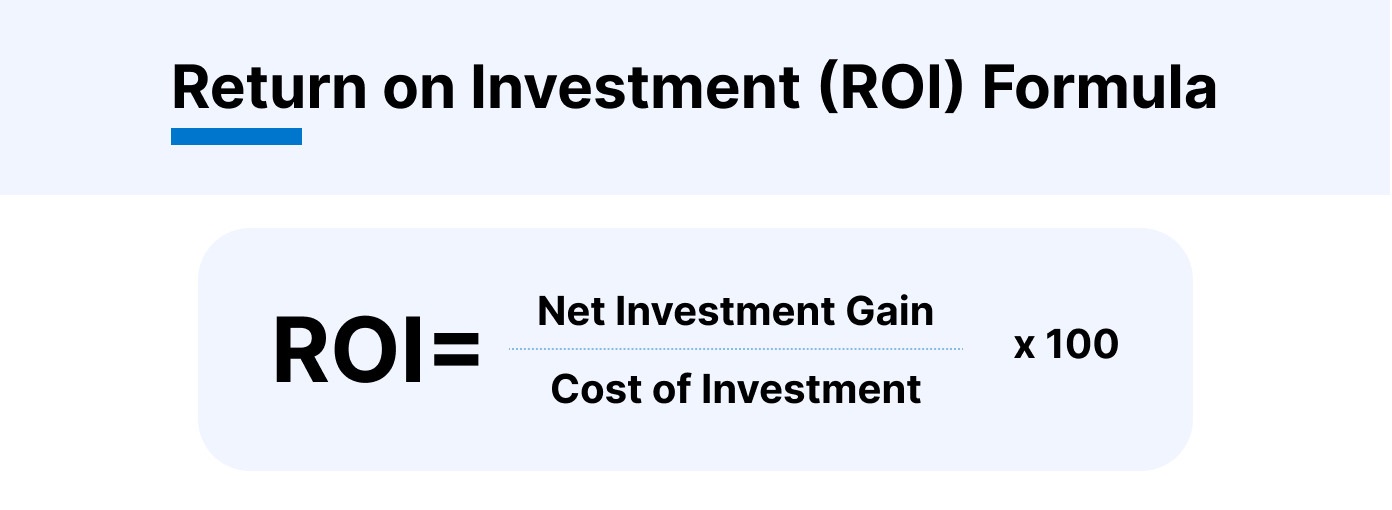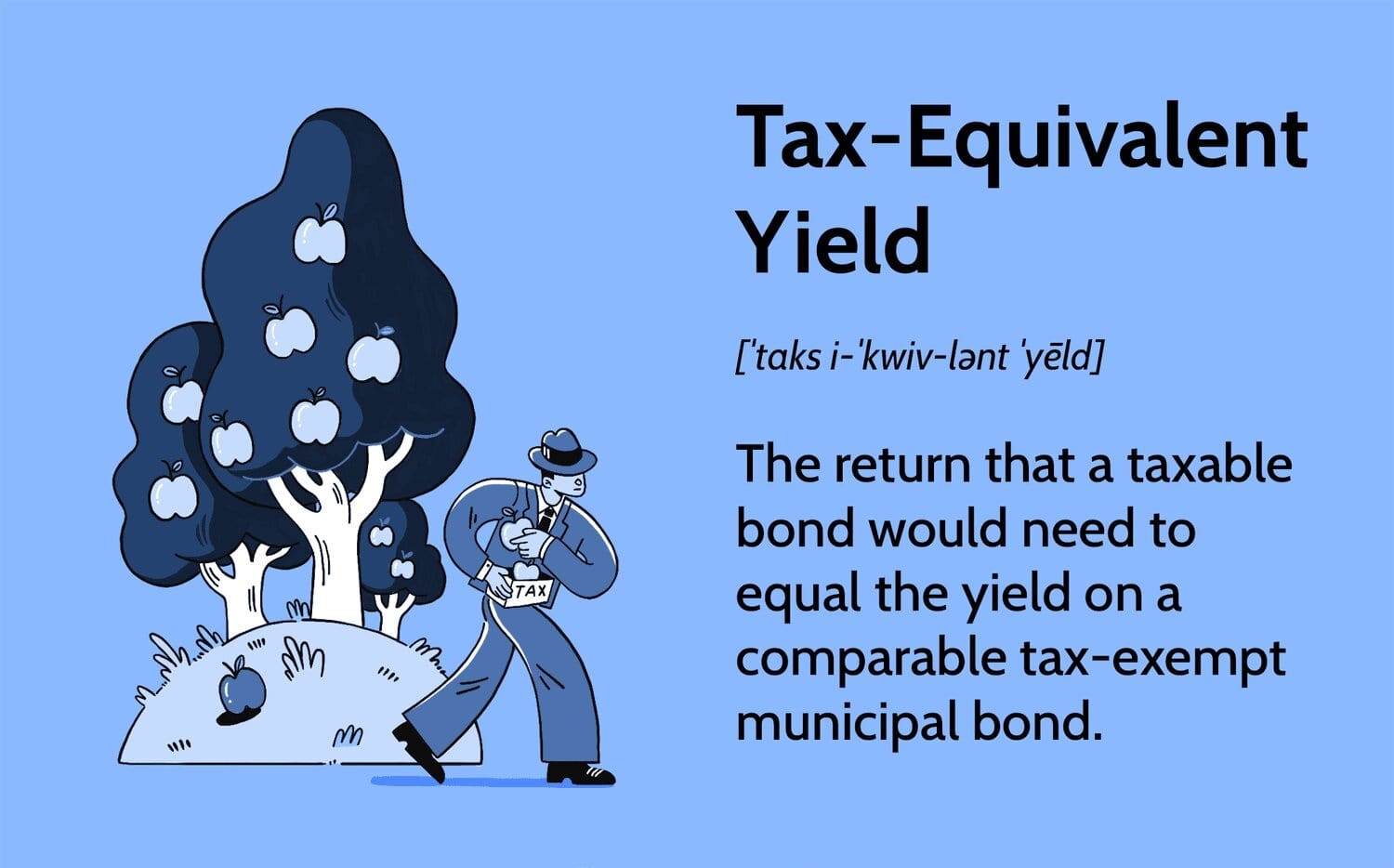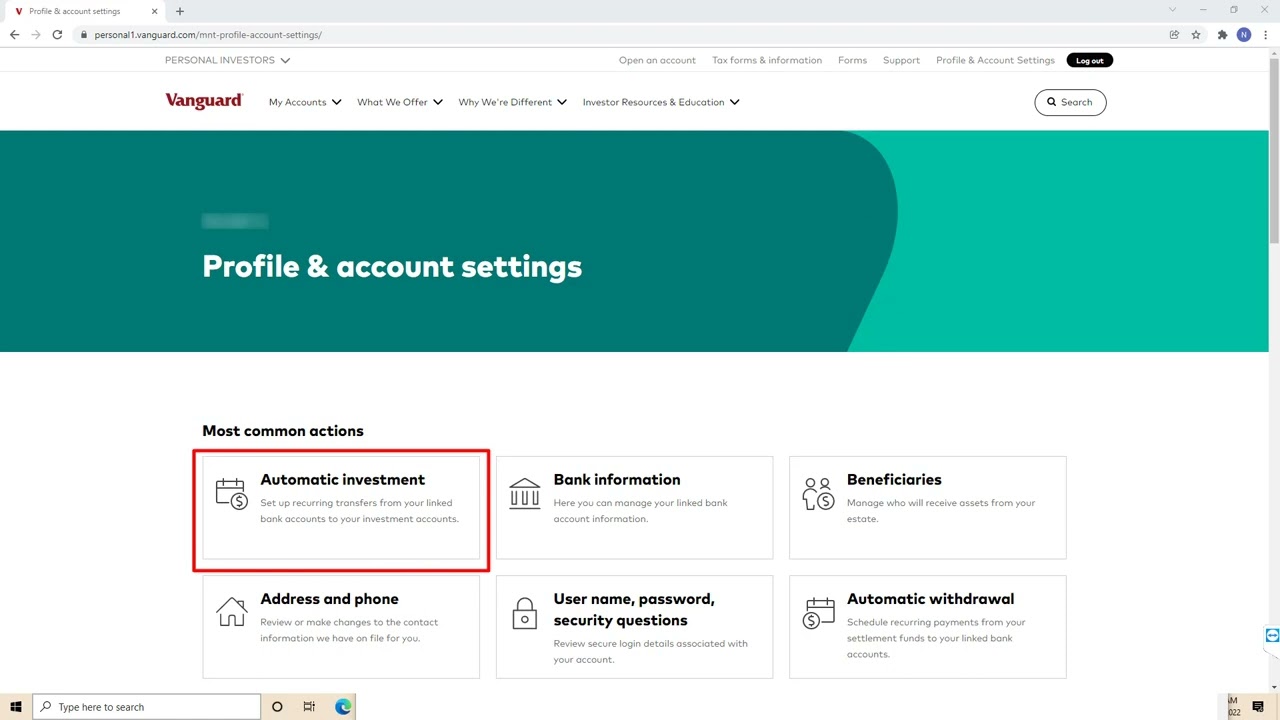The Current Economic Climate
The current economic climate is constantly evolving, influenced by various factors such as global events, government policies, and market trends. Understanding the current state of the economy is crucial for making informed decisions about your investments. Here are some key points to consider:
Economic indicators: Pay attention to economic indicators such as GDP growth, inflation rates, employment figures, and interest rates. These indicators can provide insights into the overall health and direction of the economy.
Market volatility: Volatility is a normal part of investing, but during times of economic uncertainty, it can be more pronounced. Factors such as geopolitical tensions or global crises can lead to increased market swings. Stay informed about market trends and be prepared for potential fluctuations in the value of your investments.
Government policies: Keep an eye on government policies related to taxes, regulations, and economic stimulus packages. Changes in government policies can have a significant impact on specific sectors or industries, affecting investment opportunities and potential risks.
Global events: Events on the world stage can have ripple effects on the economy. Geopolitical events like trade wars, natural disasters, or political instability in key markets can create volatility and uncertainty in financial markets.
Industry trends: Stay informed about the trends and developments in the industries you are invested in. Technological advancements, changes in consumer behavior, and emerging markets can all impact the performance of specific sectors.
COVID-19 pandemic: The ongoing COVID-19 pandemic has had a significant impact on the global economy. The measures taken to control the spread of the virus, such as lockdowns and travel restrictions, have disrupted businesses and supply chains, causing economic challenges worldwide.
Understanding the current economic climate is crucial, but it is important to remember that it is just one piece of the puzzle. While monitoring the economy is essential, it is equally important to have a long-term investment strategy that aligns with your financial goals and risk tolerance.
How to Assess your Investment Goals and Risk Tolerance
Before making any investment decisions, it is important to assess your investment goals and risk tolerance. This will help you determine the right investment strategy for your financial situation. Here’s how you can go about it:
1. Define your investment goals: Start by clearly defining your investment goals. Are you investing for retirement, a down payment on a house, or your child’s education? Identifying your goals will help you determine the time horizon and the level of risk you are willing to take.
2. Consider your time horizon: Determine how long you have until you need to access your investment funds. Longer time horizons generally allow for more aggressive and growth-oriented investment strategies, while shorter time horizons may require more conservative approaches.
3. Assess your risk tolerance: Consider your comfort level with risk and volatility. Some investors are willing to take on higher risks in pursuit of higher potential returns, while others prefer a more conservative approach with lower volatility. Understanding your risk tolerance will help you find the right balance between risk and reward.
4. Evaluate your financial situation: Take an honest look at your current financial situation, including your income, expenses, and existing assets. Consider your overall financial stability and cash flow needs, as this will impact your ability to take on investment risks.
5. Seek professional guidance: If you are uncertain about assessing your investment goals and risk tolerance, it may be worth seeking the advice of a financial professional. They can help you navigate the complexities of the investment landscape and provide personalized recommendations based on your unique circumstances.
Remember that assessing your investment goals and risk tolerance is not a one-time task. As your circumstances change over time, it is important to regularly review and reassess your goals and risk tolerance to ensure that your investment strategy remains aligned with your objectives.
Diversification Strategies to Minimize Risk
Diversification is a key strategy for minimizing investment risk. By spreading your investments across different asset classes, sectors, and geographic regions, you can reduce the impact of any single investment on your portfolio. Here are some diversification strategies to consider:
1. Asset allocation: Allocating your investments across different asset classes, such as stocks, bonds, real estate, and cash equivalents, is a fundamental diversification strategy. Each asset class has its own risk and return characteristics, and a diversified portfolio can help mitigate the impact of any one asset class underperforming.
2. Sector diversification: Within each asset class, diversify your investments across different sectors. For example, if you are investing in stocks, consider investing in companies from various sectors like technology, healthcare, finance, and consumer goods. This helps spread your risk and reduces your exposure to a specific sector’s performance.
3. Geographic diversification: Invest in companies or assets from different geographic regions. Economic conditions can vary from one country to another, and diversifying geographically can help minimize the impact of regional economic downturns or political instability on your portfolio.
4. Mix of investment styles: Consider diversifying your portfolio by investing in different investment styles, such as value investing, growth investing, or income investing. Each style has its own risk and return characteristics, and a mix of styles can provide balance and reduce risk.
5. Rebalancing: Regularly review and rebalance your portfolio to maintain your desired asset allocation. Over time, certain investments may outperform while others may underperform, causing your portfolio to become unbalanced. Rebalancing ensures that your diversification strategy stays intact.
6. Alternative investments: Explore alternative investments like commodities, hedge funds, or private equity to further diversify your portfolio. These investments often have low correlation with traditional asset classes and can provide additional risk mitigation benefits.
Remember that diversification does not guarantee profits or protect against losses, but it can help reduce the impact of market fluctuations on your portfolio. It’s important to periodically review your diversification strategy and make adjustments accordingly based on changes in your risk tolerance and market conditions.
Rebalancing your Portfolio: When and How to Do it
Rebalancing your portfolio is an important step in maintaining your desired asset allocation and risk tolerance. Over time, the performance of different investments can cause your portfolio to become unbalanced. Here’s a guide on when and how to rebalance your portfolio:
When to rebalance:
1. Time-based approach: Some investors choose to rebalance their portfolios on a fixed time basis, such as annually or semi-annually. This approach ensures regular adjustments and keeps your portfolio aligned with your asset allocation targets.
2. Percentage-based approach: Others opt for rebalancing when the deviation from their target asset allocation exceeds a certain threshold, typically around 5%. For example, if your target allocation for stocks is 60%, but it has grown to 65% due to market performance, you may choose to rebalance.
How to rebalance:
1. Review your portfolio: Start by reviewing your current asset allocation and comparing it to your target allocation. Determine the assets or investment classes that have deviated significantly from your intended proportions.
2. Sell and buy: To rebalance, you will need to sell some investments that have exceeded their target allocation and use the proceeds to buy investments that are underrepresented. This ensures that your portfolio returns to its intended mix.
3. Consider tax consequences: Keep in mind that selling investments may trigger capital gains taxes. Review the tax implications of your rebalancing decisions and consider strategies that minimize taxable events, such as selling from tax-advantaged accounts or utilizing tax-loss harvesting.
4. Reassess your goals and risk tolerance: Take the opportunity to reassess your investment goals and risk tolerance during the rebalancing process. Changes in your financial circumstances or risk appetite may require adjustments in your target asset allocation.
5. Automate the process: Consider automating the rebalancing process to ensure consistency and discipline. Many brokerage platforms and robo-advisors offer automated rebalancing services that can help you maintain your desired asset allocation without constant monitoring.
6. Seek professional advice: If you are unsure about how and when to rebalance your portfolio, consult with a financial advisor who can provide personalized guidance based on your unique financial situation and goals.
Rebalancing your portfolio is an ongoing process that should be done periodically to ensure your investment strategy remains aligned with your goals and risk tolerance. By being proactive and disciplined in rebalancing, you can maintain a well-diversified portfolio and potentially improve your long-term investment performance.
Evaluating Investment Options
When considering investment options, it’s essential to evaluate each opportunity carefully to make informed decisions that align with your investment goals and risk tolerance. Here are some key factors to consider when evaluating investment options:
1. Return potential: Assess the potential returns of the investment. Look at historical performance, projected future growth, and any potential income streams such as dividends or interest payments. Consider whether the potential returns align with your investment goals.
2. Risk level: Evaluate the risk associated with the investment. Consider factors such as market volatility, credit risk, and liquidity. Understand the level of risk you are comfortable taking and ensure it aligns with your risk tolerance.
3. Investment horizon: Determine the length of time you are willing to hold the investment. Some investments may be more suitable for short-term goals, while others may be better for long-term strategies. Consider the investment’s potential for growth or income over your desired timeframe.
4. Cost and fees: Evaluate the costs associated with the investment. Consider fees, commissions, and any other expenses that may impact your overall returns. Ensure that the costs are reasonable and do not outweigh the potential benefits of the investment.
5. Diversification benefits: Analyze how the investment fits into your overall portfolio diversification strategy. Assess whether it adds value by providing exposure to new asset classes, sectors, or geographic regions. Diversification can help reduce risk and increase potential returns.
6. Investment transparency: Consider the transparency and accessibility of the investment. Understand the underlying assets, the investment structure, and the level of information available to make informed decisions. Ensure that you have access to the necessary information to monitor your investment effectively.
7. Regulatory and legal considerations: Evaluate the regulatory environment and any legal considerations associated with the investment. Understand the rules and regulations that govern the investment and ensure compliance with them.
8. Exit strategy: Determine the ease of exiting the investment if needed. Assess the liquidity of the investment and any potential restrictions that may impact your ability to sell or liquidate your position.
9. Professional opinions: Seek professional advice from financial advisors or investment experts. They can provide insights and recommendations based on their expertise and experience, helping you make more informed investment decisions.
By carefully evaluating investment options based on these factors, you can make sound investment choices that align with your financial goals and risk tolerance. Remember to regularly review and reassess your investments to ensure they continue to meet your evolving needs and objectives.
Considerations for Different Stages of Life
Investment decisions should be tailored to your specific stage of life and financial circumstances. Different stages of life come with unique considerations that can influence your investment strategy. Here are some key factors to consider at different stages:
1. Young adults: As a young adult, your primary focus may be on building a strong financial foundation. Consider investing in your education, career development, and emergency fund. Start saving for retirement early to take advantage of the power of compounding over time.
2. Early career: During the early stages of your career, you may have more disposable income to invest. Consider diversifying your investments and taking a long-term approach. Take advantage of employer-sponsored retirement plans and consider setting up an individual retirement account (IRA).
3. Mid-career: In the mid-career stage, you may have additional financial responsibilities such as mortgage payments, supporting a family, or saving for children’s education. Evaluate your risk tolerance and adjust your portfolio accordingly. Consider investments that provide both growth potential and income stability.
4. Pre-retirement: As retirement approaches, focus on preserving your wealth and adjusting your asset allocation to reduce risk. Maximize contributions to retirement accounts and explore options for diversifying investments, such as real estate or annuities, to provide a steady stream of income during retirement.
5. Retirement: During retirement, your investment strategy may shift towards generating income to support your lifestyle. Consider allocating a portion of your portfolio in bonds, dividend-paying stocks, and other income-generating assets. Regularly review and adjust your portfolio to ensure it aligns with your income needs and inflation concerns.
6. Late retirement: In the later stages of retirement, focus on capital preservation and managing estate planning. Consider working with a financial advisor to ensure your assets are structured to meet your needs and to plan for the transfer of wealth to the next generation.
7. Life events: Life events such as marriage, having children, buying a home, or receiving an inheritance can impact your investment strategy. Evaluate these events and make necessary adjustments to your portfolio to accommodate changing financial goals or risk tolerance.
8. Risk tolerance: Your risk tolerance may change at different stages of life. Assess your willingness to take on risk and adjust your investments accordingly. Younger individuals may have a higher risk tolerance and can potentially invest in higher-risk assets, while older individuals may prefer more conservative investments.
Remember to regularly review and update your investment strategy as you progress through different stages of life. Consult with financial professionals who can provide personalized advice based on your specific circumstances and goals. Taking a proactive approach to investing can help ensure your financial well-being at every stage of life.
The Importance of Regularly Reviewing and Adjusting your Investments
Regularly reviewing and adjusting your investments is a crucial aspect of successful investing. The financial landscape is dynamic, and staying proactive allows you to adapt to changing market conditions and maximize your investment performance. Here are some key reasons why regularly reviewing and adjusting your investments is important:
1. Stay on track with your goals: Regular reviews help ensure that your investment strategy remains aligned with your financial goals. As life circumstances change, such as getting married, starting a family, or nearing retirement, your investment objectives may need to be adjusted. Regularly reviewing your investments allows you to make necessary changes to keep you on track.
2. Manage risk effectively: The risk inherent in investments can change over time. By reviewing your portfolio regularly, you can evaluate your risk exposure and ensure that it aligns with your risk tolerance. It enables you to rebalance your portfolio and adjust your asset allocation based on market conditions and changing risk preferences.
3. Capture opportunities: Financial markets are constantly evolving, presenting new investment opportunities and trends. Regular reviews allow you to identify and capitalize on these opportunities. It helps you assess the performance and potential of individual investments and make the necessary adjustments to optimize your returns.
4. Adapt to market conditions: Markets can experience significant fluctuations and economic factors can change over time. Regularly reviewing your investments helps you stay informed about market trends, economic indicators, and geopolitical events that can impact your portfolio. It enables you to make informed decisions to weather turbulent times and take advantage of favorable conditions.
5. Ensure portfolio diversification: Diversification is essential for managing risk and maximizing returns. Regular reviews help you evaluate the diversification of your portfolio. You can assess the performance of different asset classes, sectors, and geographic regions and adjust your investments accordingly to maintain a well-diversified portfolio.
6. Monitor investment expenses: Regularly reviewing your investments allows you to assess the fees and expenses associated with your portfolio. By monitoring these costs, you can ensure that they are reasonable and align with the value provided. You can also explore lower-cost investment alternatives that may be more cost-effective without compromising quality.
7. Take advantage of tax planning: Regular reviews enable you to incorporate tax-efficient strategies into your investment plan. This includes tax-loss harvesting, maximizing contributions to tax-advantaged retirement accounts, or strategically selling investments to minimize capital gains taxes. By being proactive, you can optimize your tax situation and potentially enhance your investment returns.
Regularly reviewing and adjusting your investments is an ongoing process. It allows you to ensure that your investment strategy remains relevant and optimized for your financial goals and risk tolerance. Consider consulting with a financial advisor to help you navigate the complexities of investment review and adjustment, making the process more efficient and effective.
Seeking Professional Financial Advice
When it comes to managing your investments and making sound financial decisions, seeking professional financial advice can be highly beneficial. Financial advisors bring expertise, experience, and objectivity to the table, helping you navigate the complexities of the investment landscape. Here are some key reasons why seeking professional financial advice is important:
1. Expertise and knowledge: Financial advisors are trained professionals who specialize in managing wealth and investments. They possess in-depth knowledge and expertise in various aspects of finance and investment strategies. Their insights can help you make informed decisions and guide you through complex financial scenarios.
2. Personalized guidance: Financial advisors can provide personalized guidance tailored to your unique financial situation, goals, and risk tolerance. They take the time to understand your specific needs and develop a comprehensive investment plan that aligns with your objectives. This personalized approach can help you make more efficient and effective investment decisions.
3. Asset allocation and diversification: Financial advisors can assist you in determining the optimal asset allocation and diversification strategy for your portfolio. They consider your risk tolerance, investment goals, and time horizon to create a balanced investment plan. This helps mitigate risk and maximize potential returns based on your individual circumstances.
4. Ongoing monitoring and adjustment: Financial advisors provide ongoing monitoring and evaluation of your investments. They regularly review your portfolio to ensure it remains in line with your goals and risk tolerance. If necessary, they make adjustments and rebalance your investments to adapt to changing market conditions and optimize performance.
5. Behavioral coaching: Emotional biases can often influence investment decisions, leading to suboptimal outcomes. Financial advisors offer behavioral coaching to help you stay disciplined and avoid making impulsive decisions based on market fluctuations or short-term trends. They provide objective guidance, keeping you focused on long-term investment goals.
6. Tax and estate planning: Financial advisors can assist with tax planning and optimization strategies. They help you make informed decisions to minimize tax liabilities and maximize tax-efficient investment opportunities. Additionally, they can provide guidance on estate planning, ensuring that your assets are structured to preserve wealth and meet your legacy objectives.
7. Access to networks and resources: Financial advisors often have access to a vast network of professionals, including estate planners, tax specialists, and legal advisors. They can connect you with these resources, offering holistic financial planning that goes beyond investment management. This integrated approach takes into account all aspects of your financial well-being.
When seeking professional financial advice, it’s important to choose a qualified, reputable advisor. Look for certifications such as Certified Financial Planner (CFP) or Chartered Financial Analyst (CFA) and consider their experience and track record. Regular communication, transparency, and trust are essential in building a successful client-advisor relationship.
While professional financial advice comes at a cost, the potential benefits far outweigh the fees. By leveraging the expertise and guidance of a financial advisor, you can enhance your financial decision-making, optimize your investments, and work towards achieving your long-term financial goals.









